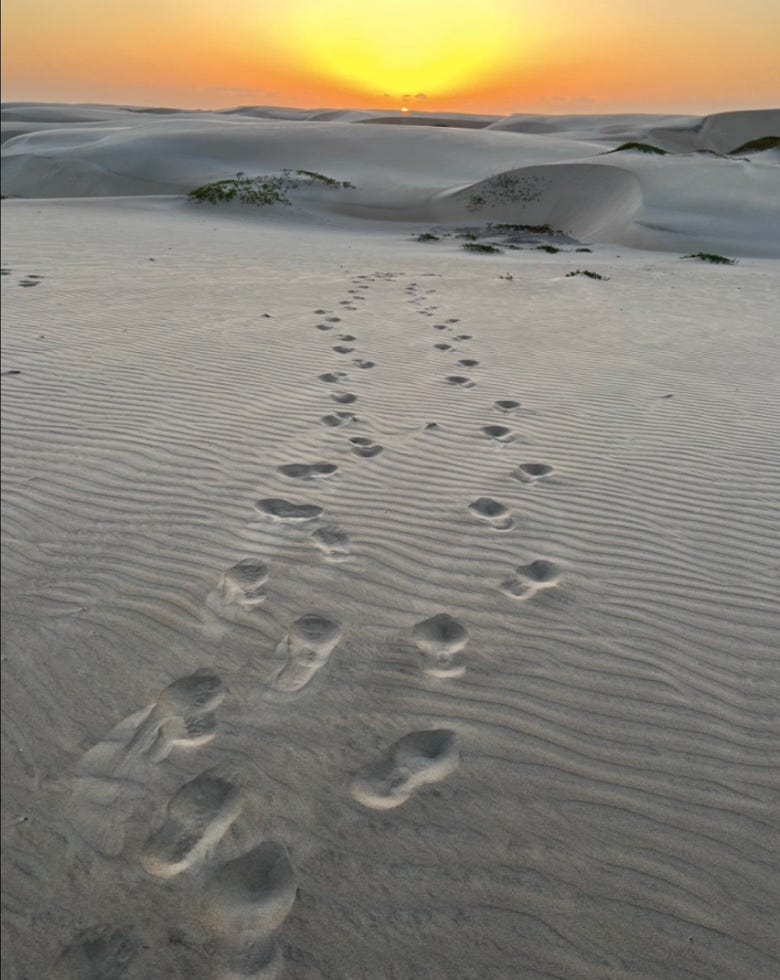Departure and First Day
February 18-20, 2023



We left home on February 18th to fly to LAX, where we spent the night at a hotel near the airport. The next morning, we took a slightly delayed flight of two hours to Loreto, Baja California Sur.
The ship’s representatives met us at the airport and took us to a hotel in Loreto to have lunch. We were then driven in a bus with other passengers two and a half hours through impressive mountains and farm county to the port of San Carlos, on the Pacific side of the Baja California peninsula.
The port was a commercial fishing hub and hundreds (or more) birds were waiting around to see what they could scavenge. There we boarded the National Geographic Sea Bird right at sunset. That evening, we then got an introduction to expedition cruising and met some of our fellow passengers and the ship’s crew and naturalists.

This is a view of the Sierra de la Gigante Mountains from our bus ride from Loreto to San Carlos.

Sunset just outside our cabin on the ship.
February 20, 2023
The predicted temperatures in the morning were cool, so last night we decided not to go sea kayaking and instead we took a morning Zodiac tour of the mangroves. It turned out to be warmer than expected, however. The mangrove tour was pleasant, and we saw many birds and a baby ray.


Other passengers enjoying the kayak outing. Below, the ship anchored near the mangroves.
A green heron in the mangrove, above, and below a zodiac tour.


We were given a great deal of information about the mangroves of Baja California. They are a very important part of the ecosystem and sequester an incredible amount of carbon. Some of them are in protected areas.
After lunch on board, we took a Zodiac to a nice beach on Isla Magdelana. We started on the lagoon side and walked across the island about a half mile across to Sand Dollar beach on the Pacific Ocean side. The plants were varied and pretty, and lots of shells on the beach. We retraced our steps and got a zodiac back to the ship.





Photos above of our visit to Sand Dollar Beach, including dunes, shell debris, the Pacific, return to the ship and a nice sunset.
That evening we had a presentation about the whales we would see tomorrow. The naturalist had worked at the Monterey Bay Aquarium. We learned that the whales migrate 10,000-14,000 miles to feed in the Arctic and back to breed or give birth in the warm waters off Mexico and California. This is the longest migration by any mammal.
Here’s one last photo of the sand at the beach.

